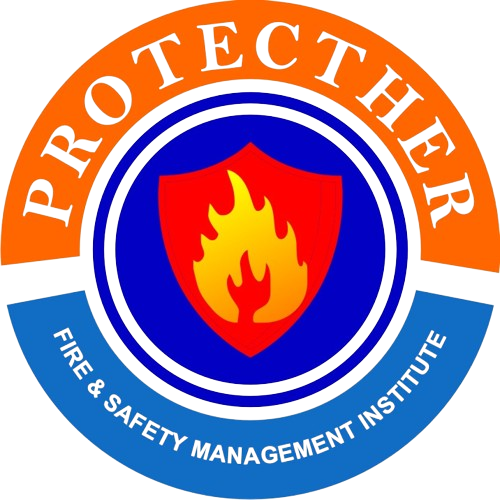Refer :-IS 18001:2007
A process that does not include any chemical reaction is known as a unit operation. Unit operations deal with only physical changes in the substances involved in the process. They are equipment that produces physical changes in materials. Physical alterations are made for a variety of reasons.
Unit Operations Unveiled:
Unit operations are the building blocks of chemical processes, each serving a unique purpose in transforming raw materials into valuable products. From distillation to reaction kinetics, unit operations encompass a diverse array of techniques employed in chemical engineering.
1.Distillation: This process involves the separation of components in a mixture based on differences in their volatilities. Distillation towers, with their towering columns and intricate internals, play a pivotal role in refining crude oil, purifying chemicals, and producing alcoholic beverages.
2.Mixing: Whether blending ingredients in a food processing plant or stirring reagents in a laboratory flask, mixing is essential for achieving uniformity and consistency in chemical reactions and product formulations.
3.Reaction Engineering: From the synthesis of pharmaceuticals to the production of polymers, chemical reactions drive numerous industrial processes. Understanding reaction kinetics, thermodynamics, and reactor design is paramount for optimizing yields and selectivity.
4.Separation Techniques: Centrifugation, filtration, chromatography—these are just a few examples of separation techniques employed to isolate desired products from complex mixtures. Each technique leverages unique principles to achieve efficient separation.
5.Heat Transfer: Heat exchangers facilitate the exchange of thermal energy between process streams, enabling temperature control and energy conservation. From shell-and-tube to plate heat exchangers, these devices play a vital role in process optimization.
Exploring Process Hazards:
While chemical processes promise innovation and advancement, they also harbor inherent risks. Process hazards, encompassing a spectrum of potential dangers, underscore the need for stringent safety measures and risk mitigation strategies.
1.Chemical Hazards: Toxicity, flammability, and reactivity are among the primary chemical hazards encountered in industrial settings. Understanding the properties and behavior of chemicals is essential for minimizing risks and ensuring safe handling.
2.Physical Hazards: Pressure vessels, pipelines, and storage tanks are susceptible to mechanical failures, leaks, and ruptures, posing physical hazards to personnel and the surrounding environment. Robust engineering design and maintenance practices are crucial for mitigating these risks.
3.Biological Hazards: In bioprocessing industries, biological hazards such as microbial contamination and allergenicity pose unique challenges. Stringent hygiene protocols and containment measures are necessary to safeguard against these hazards.
